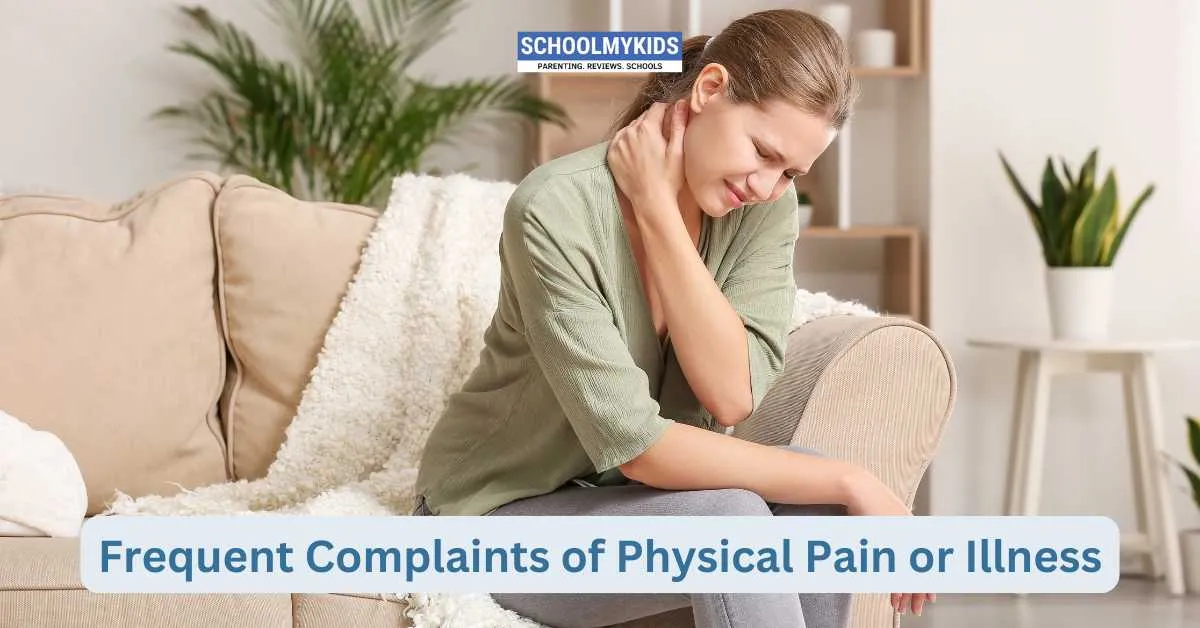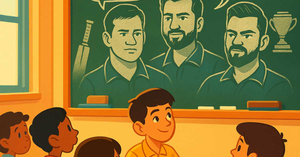Children sometimes express distress not only through words or behavior but also by frequently reporting physical pain or illness. These complaints can be more than just typical childhood ailments—they may be subtle signals of underlying stress, anxiety, or even experiences of bullying. Recognizing these signs and understanding their potential causes is essential for parents, caregivers, and educators.
Understanding the Physical Manifestations
Psychosomatic Responses
When children face significant emotional distress, their bodies may respond with physical symptoms—a phenomenon known as psychosomatic pain. Stress and anxiety can trigger headaches, stomachaches, muscle tension, and other forms of bodily discomfort. These symptoms are real, even if they lack an identifiable medical cause, and often serve as the body’s way of manifesting psychological turmoil.
Common Physical Complaints
Some frequent complaints include:
- Headaches: Tension headaches are common in children dealing with chronic stress.
- Stomachaches and Abdominal Pain: Digestive discomfort may arise as a response to anxiety or nervousness.
- Muscle and Joint Pain: Children may report general aches and pains, sometimes without any injury or physical strain.
- Fatigue and Low Energy: Chronic stress can lead to feelings of exhaustion, making even routine activities seem overwhelming.
Underlying Causes
Stress and Anxiety
For many children, constant stress—whether due to academic pressures, family issues, or bullying—can lead to physical symptoms. The body’s stress response releases hormones such as cortisol, which, when persistently elevated, can contribute to physical pain and discomfort.
Bullying and Social Pressures
Children who are bullied often experience a range of emotional disturbances. In response, they may develop physical symptoms as a form of internalized distress. Frequent complaints of pain can be a coping mechanism, allowing children to express their discomfort in a socially acceptable way without having to directly articulate their emotional struggles.
Environmental and Lifestyle Factors
Apart from psychological causes, environmental factors can also contribute. Poor sleep, inadequate nutrition, or even a lack of physical activity can exacerbate or mimic symptoms of physical pain. However, when these issues occur alongside noticeable emotional or behavioral changes, it is important to consider a deeper underlying cause.
Research Insights
Multiple studies in pediatric psychology and behavioral health have highlighted the link between emotional stress and physical complaints. Research consistently shows that children who report frequent, unexplained pain are more likely to be experiencing significant emotional stress or anxiety. Longitudinal studies indicate that without proper intervention, these symptoms can persist and potentially impact academic performance and social relationships.
Impact on Daily Life
Academic Performance
Physical discomfort can hinder a child’s ability to concentrate and participate in school activities. Chronic pain or frequent illness-related absences may result in gaps in learning, lower academic achievement, and increased anxiety about attending school.
Social and Emotional Well-Being
Persistent physical complaints can isolate a child from peers. When a child feels unwell or is frequently excused from social activities, it can lead to feelings of loneliness and further diminish self-esteem. This cycle of isolation can reinforce both emotional distress and physical symptoms, creating a challenging environment for recovery.
Strategies for Parents and Caregivers
Open Communication
- Encourage Dialogue: Create a supportive atmosphere where your child feels safe discussing both their physical symptoms and any emotional challenges they might be facing.
- Ask Open-Ended Questions: Rather than focusing solely on the pain, inquire about your child’s overall day-to-day experiences to identify potential stressors.
Monitor and Document
- Keep a Symptom Journal: Track when and how often the complaints occur, along with any notable events that might coincide with the symptoms. This record can be invaluable for healthcare providers.
- Observe Behavioral Changes: Notice if the physical symptoms correlate with periods of increased stress, bullying, or other emotional disturbances.
Seek Professional Guidance
- Medical Evaluation: Consult with a pediatrician to rule out any underlying medical conditions that could be causing the symptoms.
- Mental Health Support: If emotional distress or bullying is suspected, consider speaking with a mental health professional who specializes in child development. Therapy can provide tools for managing stress and developing healthier coping mechanisms.
Promote Healthy Lifestyle Habits
- Balanced Nutrition and Sleep: Ensure your child gets proper rest and a nutritious diet, which can help reduce physical symptoms.
- Encourage Physical Activity: Regular exercise can be an effective way to relieve stress and improve overall well-being.
Conclusion
Frequent complaints of physical pain or illness in children should be taken seriously as they often serve as a window into their emotional world. Whether these symptoms are a response to bullying, stress, or other environmental factors, early recognition and intervention are key. By fostering open communication, monitoring behaviors, and seeking appropriate professional support, parents and caregivers can help their children navigate these challenges and promote both physical and emotional health.









Be the first one to comment on this story.